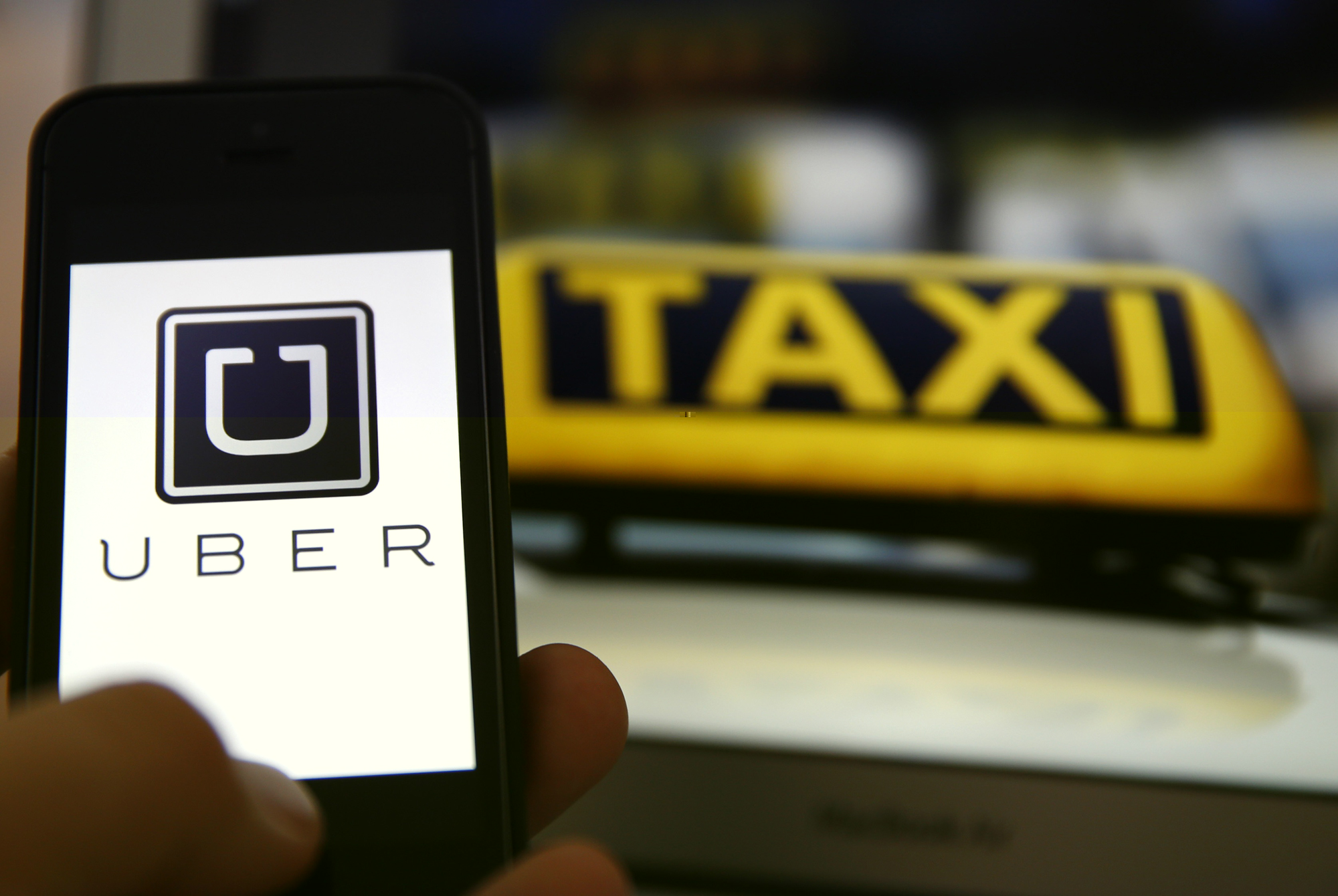It has taken only a few years for ride-hailing services like Uber, Taxify, and Littlecab to make urban journeys more convenient, much to the delight of city dwellers Kenya.
As innovation brings self-driving cars, electric vehicles, in-vehicle data connectivity, mechanisms for sharing rides and vehicles, and other technologies to more people, getting around cities is bound to become easier, faster and safer.
Such improvements could help cut the costs of traffic congestion, road accidents and air pollution (health problems like respiratory ailments). McKinsey and Bloomberg New Energy Finance have estimated that in 50 metropolitan areas worldwide, a rapid transition to advanced mobility systems could yield USD600 million in societal benefits through 2030.
The shift to next-generation mobility systems, however, will not be easy for big cities in Kenya to manage. There is no telling how quickly advances will take place or what the transition will look like.
In Kenya, more people use shared public transportation like matatus than ride-hailing apps, and the more likely they are to also use public transit.
However, if too many urbanites begin to depend on private vehicles, even shared ones, traffic could get worse and public transit systems might be starved of the revenues they need for maintenance and upgrades.
These complex dynamics put municipal authorities in a bind. Some have chosen a wait-and-see approach, opting to watch mobility trends and develop policy responses as needed as trends play out.
This approach has merit, given how difficult it is to predict the behaviors of traditional transport businesses, advanced mobility services, and city residents.
Nevertheless, officials might do better to envision what mobility ought to look like 5 to 15 years from now and devise policies to bring about that future sooner than it might otherwise arrive.
Doing so will allow policymakers to play a more proactive role in shaping what that future looks like. Officials who hope to maximize the benefits of advanced mobility might think about several core strategies.
One strategy is how to tailor new mobility approaches to a city or region’s specific context and challenges. For example, it is likely that densely populated towns in developing economies, such as Nakuru, Eldoret and Nyeri, will gain from expanding their public transit systems and complementing them with ride-hailing services that rely on public vehicles.
Developing, dense, average-size cities could realize millions of shillings in annual societal benefits from mobility advances by 2030.
Four-fifths of these benefits would stem from reductions in traffic accidents, injuries, and fatalities – a great benefit for the people of these striving, fast-growing areas.
Government and private companies should try to get ideas that help reduce traffic jams, improve collection of road tolls, and opening up backhaul inventory to reduce the cost of public transport.
Recently, Sure Corporation’s Safiri Express came to the transport market to optimize transport efficiency and increase incomes by providing a safe, efficient and reliable mass transit platform assuring the security of movement for human capital for the working class.
Meanwhile, the Kenyan Government should think about having a higher-income metro system that combines public transit, car sharing, autonomous vehicles, smart infrastructure and more.
One way that cities can quicken the integration of mobility systems is to offer an app-based service for planning and paying for trips that use multiple modes of local transportation.
As major cities move forward, Government officials must consider what to do with land and roadways as people and vehicles move in different patterns. If more and more people are climbing in and out of shared vehicles at curbside, traffic could stall.
Designating zones for pickups and drop-offs might help ease the flow of vehicles. Such zones, as well as other, more valuable uses of urban land, could be carved out of parking spaces, which will be significantly less in demand as vehicles are used more efficiently.
Cities can also explore opportunities to improve transportation access and ensure that all of their inhabitants benefit from advances in mobility. Almost every city has districts that are poorly served by public transit, as well as groups, such as the elderly, who have difficulty using buses and matatus.
Providing low-cost, on-demand access to a variety of vehicles could improve access for these groups, while also allowing cities to retire low-usage public transit routes.
Advances in mobility will have major implications for cities and towns in Kenya.
Those that get a head start on developing integrated mobility plans will be better positioned to reap the benefits that new technologies will bring to their residents.
————–The Writer is Mbugua Njihia, the CEO, Sure Corporation Ltd————————-

